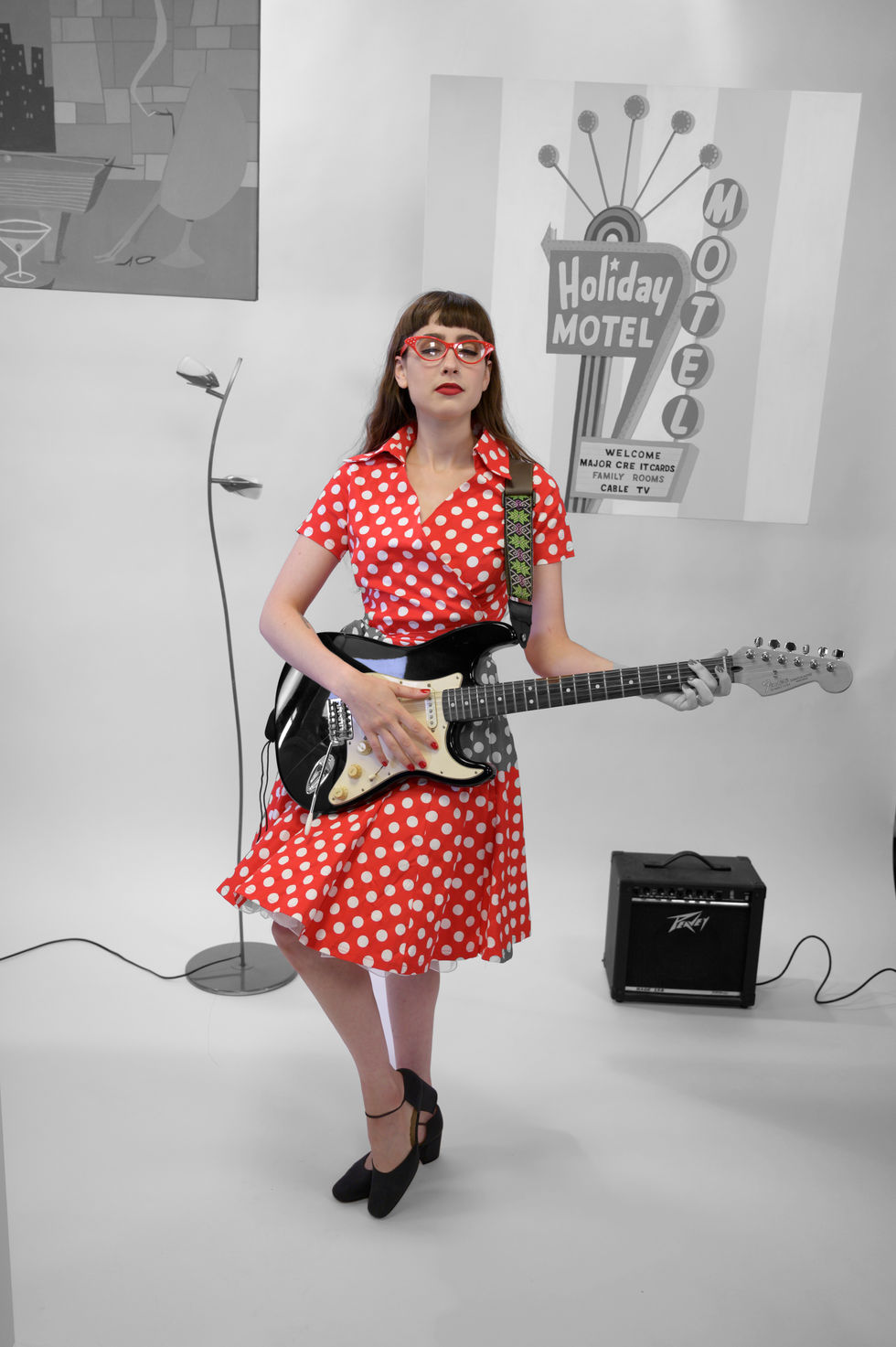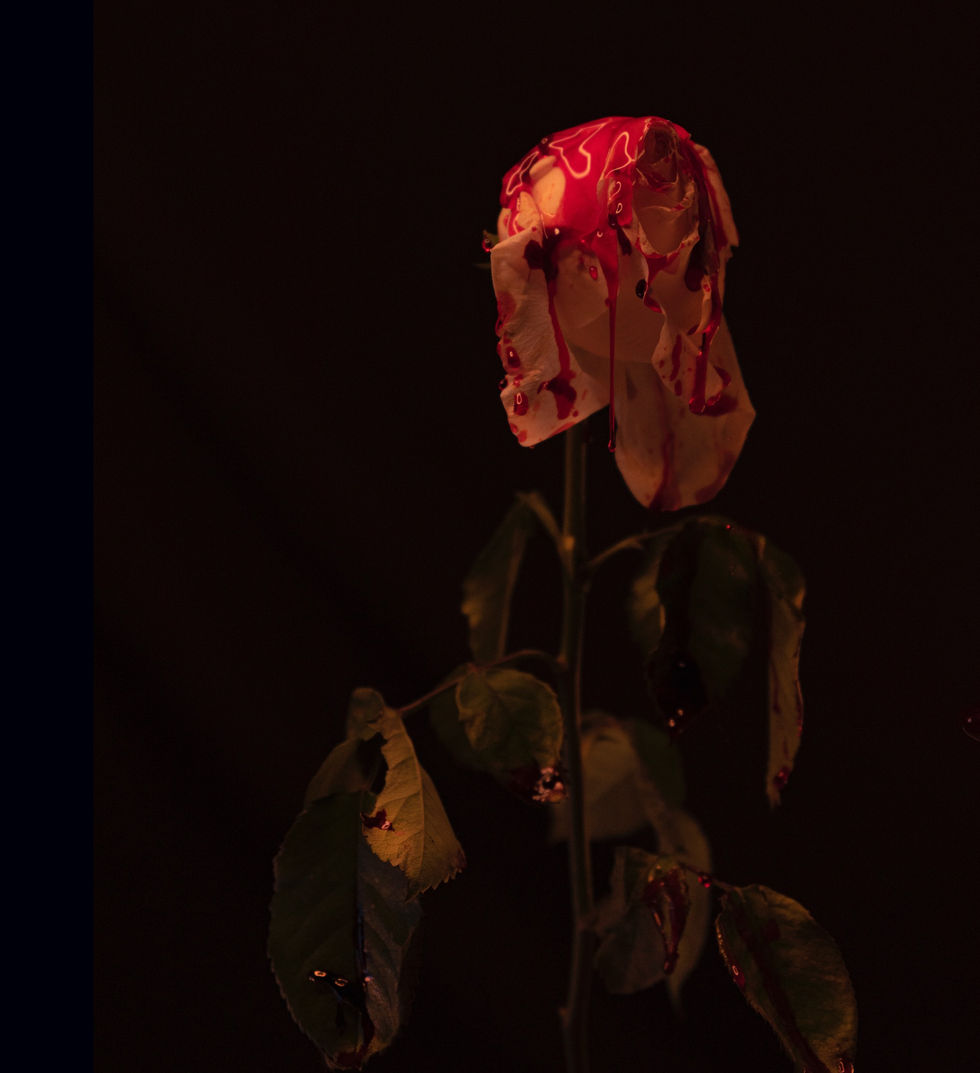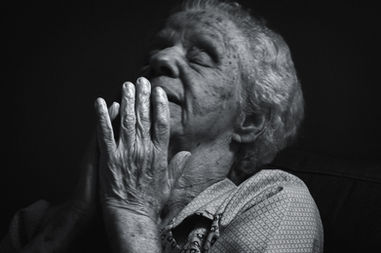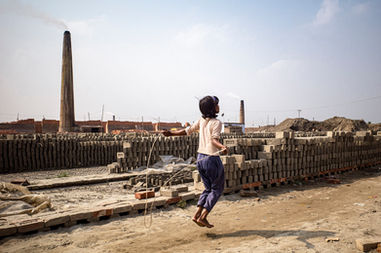
HISTORY IN THE MAKING
What happens when history is not just remembered — but staged, lit, and reimagined to confront the present? Dean Goldberg recreates historical pictorials to reflect on the rise of hate crimes and the ideologies behind them.
August 19, 2020
PICTORIAL STORY
photography DEAN GOLDBERG
story KAREN GHOSTLAW POMARICO
Hate Crimes are crimes that are motivated by prejudice and biases against, ethnicity, religion, sexual orientation, or gender. Globally we are all challenged by the rise in these crimes. These crimes are perpetrated by extremist collectives that engage in intimidation and violence to eradicate who they feel are inferior or contradictory to their beliefs.
We bring to you a special photographic series created by photographer, filmmaker, writer, director, and educator Dean Goldberg. For the past twenty years Dean Goldberg has been living in Woodstock, New York, an upstate hamlet that has become synonymous with the mud-trenched festival that actually took place fifty miles away. His move to Woodstock meant a career change to Academia, where he developed the film and media program for a small liberal arts college in Newburgh, New York. Teaching gave Dean the freedom to work more creatively and develop his love for photography as a storyteller. This led Dean back into the studio to create what he first termed Mise-en-scenes. Dean directed actors, set to a historically correct well-constructed stage, utilizing props that define the time and create tension and create the language for his visual storytelling. Dean shares his inspiration for his journey back through history.
“I am still obsessed with manipulating light and dark – using negative space to help the visual, but I wanted to do more, not just produce an image, so my Framing History series was born, and still inspires and directs my work today.”
-min.jpg)
Dean has created a powerful series that depicts hate crimes of the past that speaks loudly to current affairs in the United States. When I went to see his exhibition at the Newburgh Jewish Community Center, Dean had footage of the insurrection on the Capitol that took place on January 6, 2022. There was an obvious overlapping of history, and the language as well as the images confirm we don’t seem to learn from our tragedies and atrocities of our past but repeat them as we move forward into the future. Dean shares his insights and motivation for creating this work.
“The Trump presidency hit me hard, as someone who fought against the War Mongering of our post-cold war presidents, who saw the poverty, anger and fascism across America as I thumbed my way cross country when I was 18 years old.
The link between The Night of the Broken Glass, and the January 6th insurrection was for me, a bloody chain of rusted steel. The elements were the same; a charismatic leader that spewed hate and prejudice, a population that’s lost self-respect through unemployment, frustration at those in power, and a need to have a scapegoat in which to point their vitriol. While the photos are frozen in aspic, the violence and hate they represent lives again in America.
I had played Lily Marlene and other German music during the shoot. I used that as my metronome while editing to present images of the past and present. The video is an essential part of my installation; it is the beating heart of the images hung on the gallery wall.”
KRISTALLNACHT
Kristallnacht is the most current of Dean’s series of historical photo-narratives that confront the struggles humankind has faced and continues to face today. These series depict true events that reflect the myriad portrayals of human justice. Dean tells us what drives this powerful inspiration for his works.
“In this time of light vs. dark, good vs. evil, right vs. wrong, we have a responsibility to speak out against all forms hate and violence and use the magic and majesty of the human spirit to push back against those that spread the malignancy of hate, for the sins of the past have now come back to haunt us.”
For those of you who are not familiar with the story known as The Night of the Broken Glass, let me share with you this tragic event in history. On the night of November 9th, 1938, the Nazis decimated the Jewish quarters in Germany, Austria and the Sudetenland. So much damage was done that broken glass littered the streets, and that night was then known forever as The Night of the Broken Glass. Dean found his inspiration to recreate a fictional interpretation of events that took place that infamous night of terror. Dean explains his directives to create the chilling photographs.
“Kristallnacht tells of a fictional meeting of two young lovers who grew up together outside of Berlin, one Christian and one Jew. They meet for the last time in a small out of the way Cabaret for a last dance and champagne. Proud in his uniform he will go on to kill, while she will go to the camps to be killed. The story is fiction. The reality is not.
One of the most challenging aspects of creating Dean’s stories was that he became his own art director, prop person, casting director, and set dresser. Dean became a regular Ebay customer, searching for various period pieces, clothing, etc. For example, the doll carriage in Kristallnacht was period true – late thirties and took him a month until he finally found exactly what he needed. Makeup and makeup effects were extremely important, and Dean tried to work with the same people when he could. He shares his process with us.
“I don’t use actors for my stories, I pick artists, they seem to be more chameleon-like and without too much artifice. I also like to include real art–in Kristallnacht, the woman who plays the young German girl, New York Artist Erica Hauser painted the Aryan Poster.”
Erica adds what it was like to work with Dean and create the painting for this work.
“His excitement for the project made me want to contribute. For the Kristallnacht shoot, he commissioned me to make another painting, this one based on a Nazi propaganda poster, Like this. I want to put it on the wall of the cafe. Can you, do it? That's how I ended up making a painting of a young Nazi soldier, my first and hopefully my last; but he was right, it glowed on the dark wall, a piece of background telling more of the story.”
Equally important to Dean is the environment he works in and the small crew he devotes his artistic direction to aid in the collaboration that together create the image and body of work. Dean shares why this way of working inspires him.
“I like the collaboration; it mimics a film set. I always have music playing that’s relevant to the story and I work to create excitement on the other end of the lens. Ironically the shoot becomes more like a theater piece than a film because of the abstractness of the set. Lots of negative space, theatrical spots, no attempt at verisimilitude. While the Kristallnacht is the first of the series to be installed, all my installations include the props and paintings used in the studio as well as video and audio.”
Dean began this series in 2019 and had finished the first three, when he was stopped short by the pandemic. At the time Dean was shooting with a Nikon 6z mirrorless camera but has stepped up to a Fuji Medium Format digital camera to ensure that his prints, when installed are at least 53 inches high at least not lose resolution. Dean uses film lighting, studio grid as well as free standing lights, ensuring the correct exposure, color for his photographs. In Kristallnacht Dean rigged a chimera on the grid to light the dance as well as freestanding Arri lights to illuminate specific areas.
Dean has created a series of historical photo-narratives, The Pictorial-List gives you a glimpse into Dean’s world and his direction for his series The Joan Vollmer Murder. Dean tells us what motivated him to create this intriguing photographic series.
THE JOAN VOLLMER MURDER
“William Seward Burroughs was born 1914 in St. Louis, Missouri. Although related to the Burroughs empire, after graduating from Harvard, Burroughs was given a modest trust that basically paid his rent. He set out to write, drug and screw (boys and men only please) his way through life. But his marriage to Joan Vollmer was at least a true friendship; but drugs were the glue that bound them. Burroughs quickly became a major force in the Beat movement that included Allen Ginsburgh and Jack Kerouac. The beats were the original outcasts; they produced bold new literature while hanging out with thugs and petty thieves in Times Square. In this installation, I wanted to create visuals that did not reveal any of Burroughs’s wit or charm, instead unveiled the bitter truth of the Junkie’s life and the inevitable ghost of death that shadows each fix.”
As with all of Deans installations, The Joan Vollmer Murder starred Hudson Valley artist Jackie Skrzynski, turning her from female to male seemed for Dean to be perfect for this work. The installation includes the props and posters in the photographs as well as video clips of Burroughs and other hipsters.
Dean found inspiration in the American culture of the 1960’s and the hate crimes that existed in that iconic time in the USA. Dean created a colorful series and shares with us his vision.
“The Kennedy era brought with it an air of breezy freedom, new music and new, cool, colors — the Rat Pack, the Cold War, a strong KKK and laws to keep segregation strong.
Artist Sienna Martz was delightfully fun as the beautiful reflection of the decade that revolted against the stoicism of the 50s. These interesting events in a critical time in American history, led me to create the series I titled 1961.”
These images do not just hang on the wall, but Dean recreates history once again through his diligent research, acquiring all the special props needed to create the important instantly recognizable characteristics that define that time period and aid in This visual storytelling. Dean explains, “This series will be supported by a video that will show the other side of Camelot, the killing of civil rights volunteers as well as the demolition of poor neighborhoods to make way for Urban Renewal.”
I asked Dean what was the match that ignited the fire, to develop these poignant works of art. What was the defining moment, the image that sparked the idea?
“Like so many other artists during the covid lockdown, I had to find another way of expression in photography. We have lovely gardens, so I found myself peering down to earth on the most elemental level–from seedling to bud to flowering. But like the beauty of this country, we have been scarred by the poisonous diatribes of those who need power, and have the power destroy souls. So, in the end, I made these flowers drenched in blood. The beauty is still apparent, but the flesh is still wounded.”
Dean’s work does not stop here with his historical pictorials. Dean has begun research and has written a narrative for a piece he hopes to produce in the future, The Assassination of Leon Trotsky. The Assassination of Leon Trotsky is in pre-production, featuring artist Norm Magnusson, and a guest appearance by artist Sienna Martz as Frida Kahlo. Dean wants to bring these theatrical pictorials to stage. I look forward to buying a ticket and holding the playbill in my hand!

It is an important time in our history to reflect and remember our past. To create work that creates awareness and engages one to think about how we walk into our future. The Pictorial List is grateful to Dean for sharing with our community the important reminders of what we have done in the past, to redirect our energies to create a better future. We look forward to his next series of insightful creations. I personally thank Dean for sharing his time and history with me, reminding me to make a change.

The views, thoughts, and opinions expressed in the text belong solely to the author/s, and are not necessarily shared by The Pictorial List and the team.








































